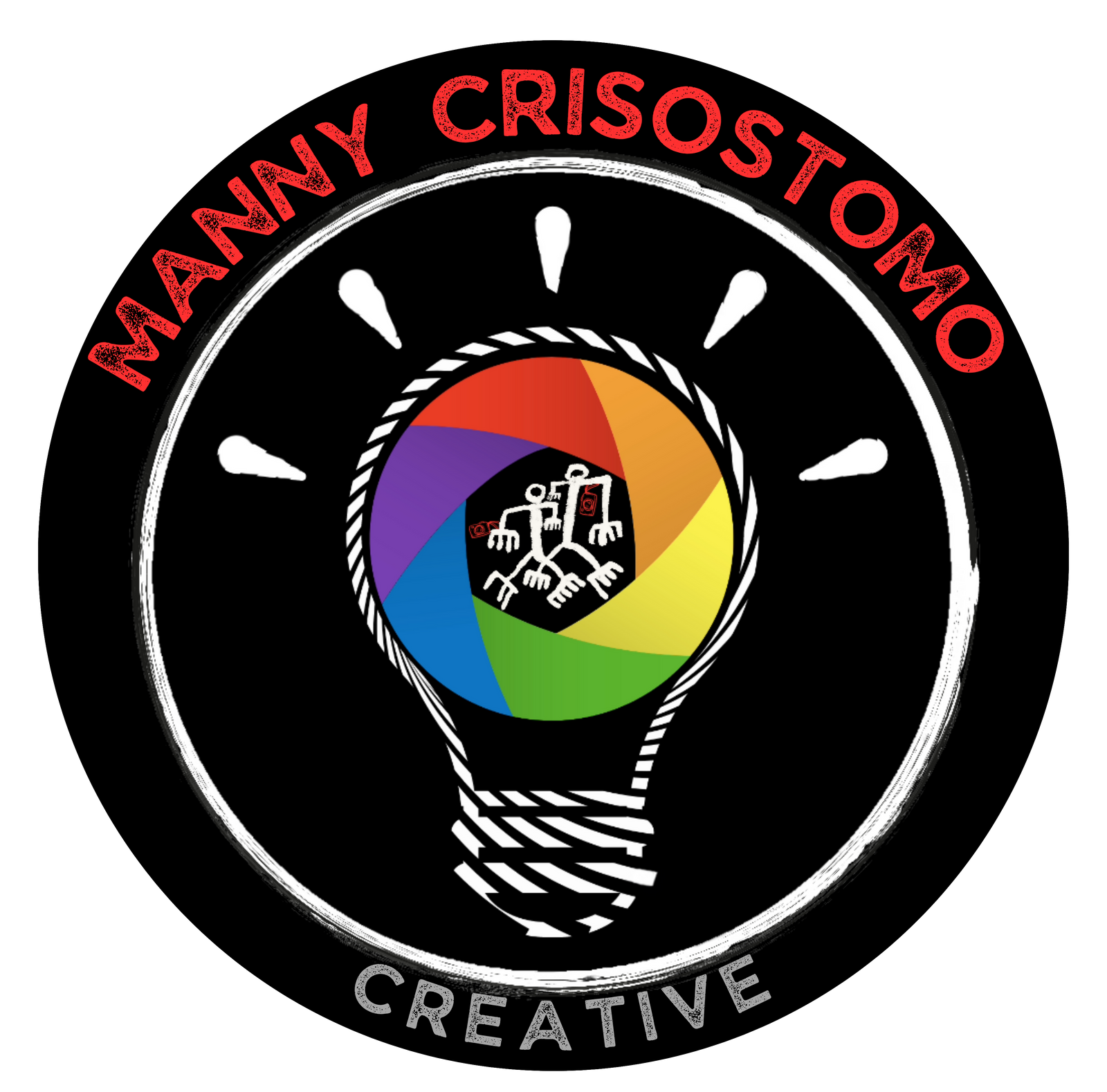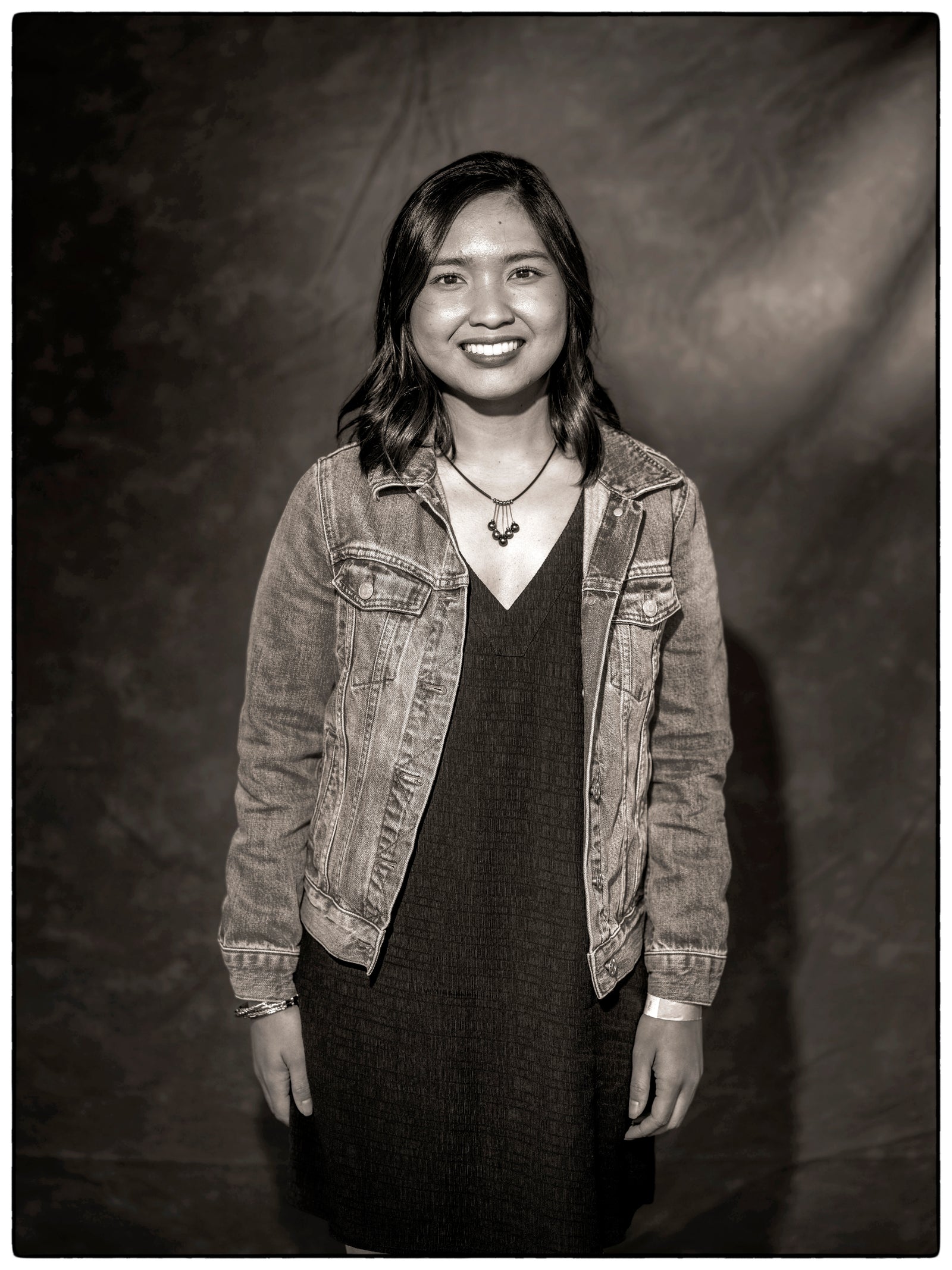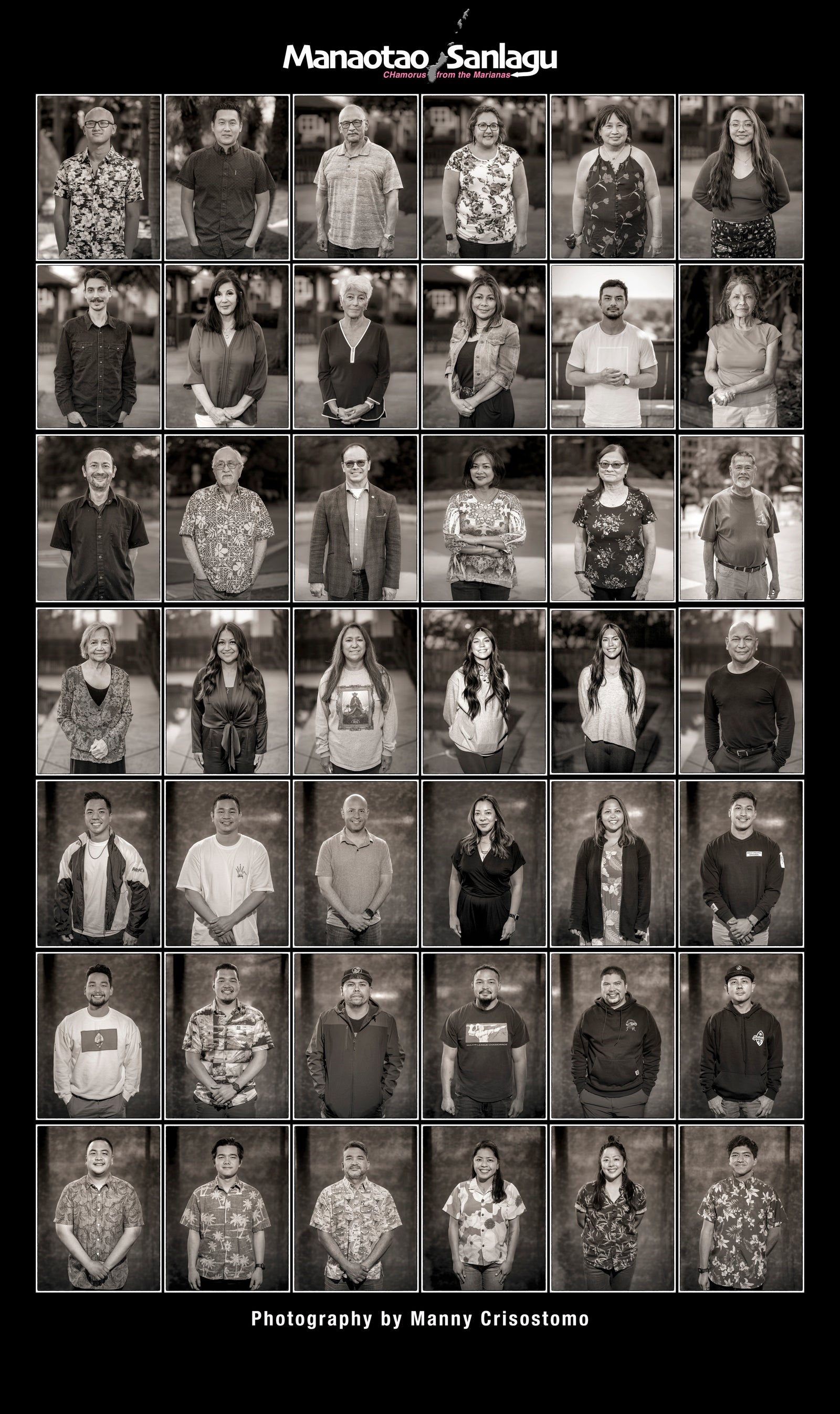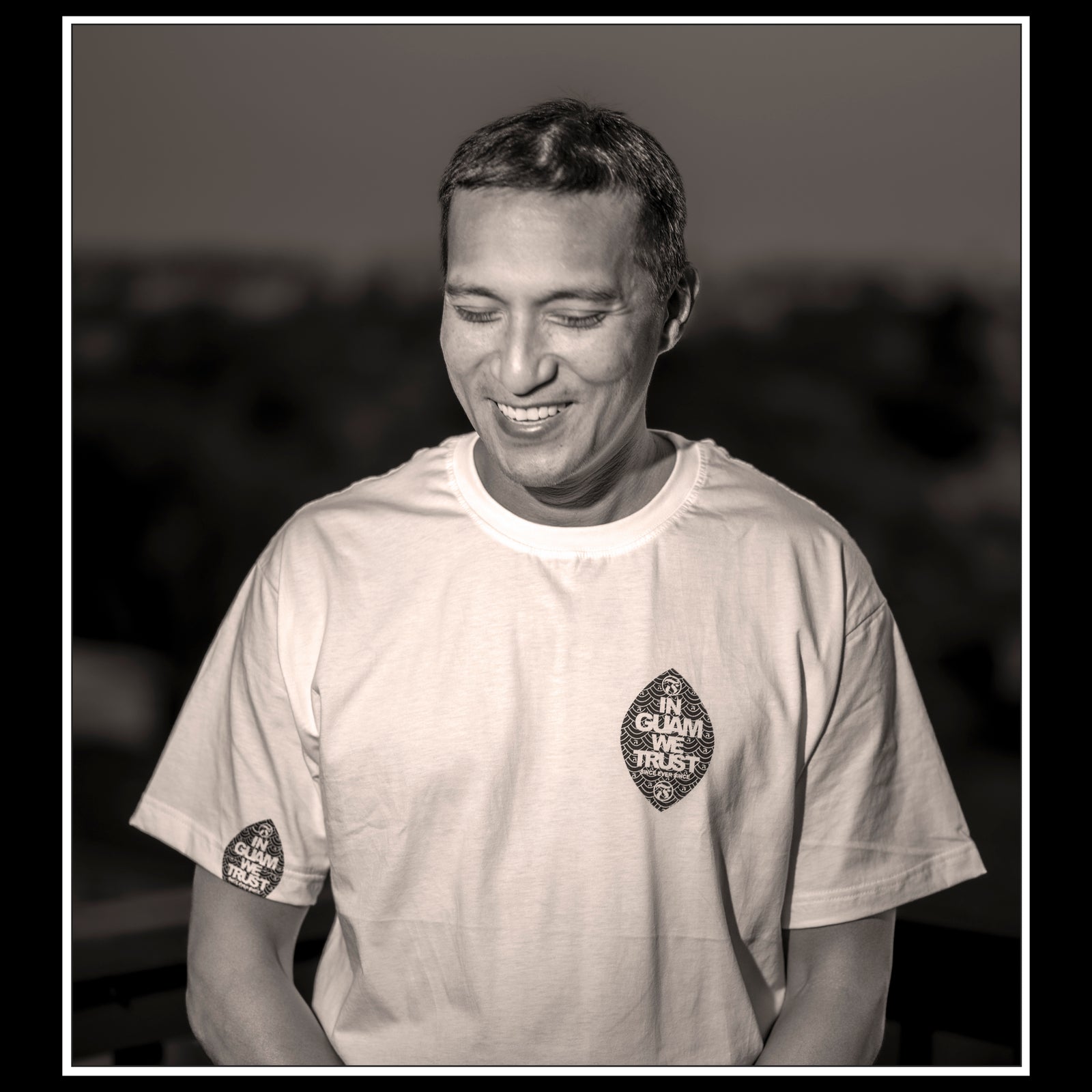By Manny Crisostomo
For the past 30 years surgeon Ric Perez has led the nationally prominent kidney transplant program at the University of California, Davis, Medical Center in Sacramento, California. He was hired three decades earlier by probably the same surgeon who treated him as an infant for head trauma.
“When I was 1 year old, my mom would carry me across the lawn in her high heels and she tripped and fell, and I sustained head trauma and was admitted to the hospital,” the 66-year-old former Santa Rita resident recalled.
“When I was interviewed for my job here, the chairman (Dr. William Blasdale) that hired me was working at San Francisco General at that time and we kinda figured out there was a 50 percent chance that I was admitted to his service as a 1 year old.”
After completing his general surgery residency in Ohio and his organ transplantation fellowship — with a specialty in kidney, liver and pancreas — in Minnesota, Perez took on a UC Davis Medical Center job with “the opportunity to start a new program.”
“It was a small program in the beginning and over time the program developed and grew, and has been a good place to work, and that is why I have been here the whole time,” he said. “In my time we have been here we have done over 4,000 (kidney transplants). I have done a good portion but can’t honestly tell you how many.”
Perez’s titles include medical director of the transplant center; director of the kidney and pancreas transplant program; chief of transplant surgery, and professor in the surgery department. He and his team of four other surgeons now perform up to 400 kidney transplants a year.
Under Perez’s leadership, the kidney transplant program in 2020 ranked No. 7 in the nation for total transplants performed, No. 3 in the nation for deceased donor transplants and No.1 in California for deceased donor transplants.
He attributes his uncompromising work ethic to his parents, Ricardo V. Perez, familian Cotla and Gollo, and Beatrice Blas Calvo, familian Calvo/Dero. They met in the Midwest as college students, married and moved to Northern California to raise him and his two brothers and two sisters.
When he was 13, the family moved to Guam and settled in Santa Rita, where he excelled in sports and in his studies at Agat Junior High and George Washington High School. In high school, he ran cross-country, played basketball, and was a wide receiver and running back with the GW Warriors.
This lifetime of medical excellence in the transplant field almost didn’t happen.
After graduating from GW High School in 1973 and starting his first year at UC Santa Barbara, “my initial plan was to do biology and go back to Guam and teach biology and coach basketball.”
His plans shifted when he volunteered at the medical clinic in Santa Barbara and enjoyed the one-to-one interaction with patients. “At that point, the plan was to go to medical school and be a family practitioner and go back to Guam, that was my goal,” Ric Perez said.
Gap year on Guam
After graduating with a bachelor’s degree in biology from UC Santa Barbara in 1977, he didn’t get accepted into medical school.
He spent that gap year back on Guam working as an aide at the emergency room at Guam Memorial Hospital. “I wanted to get more exposure to the medical field and to kinda confirm that that’s what I wanted to do.”
He reapplied to medical schools and got accepted into a couple of places but picked University of Hawaii’s John A. Burns School of Medicine for its emphasis on tropical medicine, which he thought would better prepare him to practice in Guam.
“The intent was to go back to Guam and practice there,” he said. “I like the idea of being a general practitioner and treating the whole family and watching the kids grow up.”
Surgery rotation
But then there was another tweak to his career plans during his third year of medical school. During his last rotation he fell in love with surgery.
“It was the hardest of all my rotations because you had to get up early to go see your patients, then you operate, see patients again and go home late and then you start over the next morning,” Ric Perez said. “And it’s pretty brutal, but I enjoyed it and it was something that I could see myself doing. I was thinking I would do surgery and go back to Guam.”
But yet another twist came during his last year at medical school in the early 1980s. His 49-year-old father had heart disease and was gravely ill.
Transplant needed
His father’s remaining option was heart transplantation, which he said was not widely accepted as it is today, but Ric Perez also knew that Stanford University Medical Center in Palo Alto, California, led the country in that type of surgery.
“I looked into it as a medical student, contacted the Stanford transplant team, talked to them and eventually had my dad referred for a heart transplant, ‘’ Ric Perez said. “So the family moved from Guam to Sunnyvale and my dad got on a waiting list for a heart transplant.”
Ricardo V. Perez’s transplant was chronicled in a compelling story by another son, Hawaii-based investigative reporter Rob Perez, who was working at the Pacific Daily News at the time.
In the PDN’s Sunday Islander Magazine cover story in October 1982 titled “He left his heart at Stanford,” Rob Perez wrote that his father is believed to be the first Guamanian ever to receive a transplanted heart.
During his father’s recovery, Rob Perez wrote that his father surprised the surgeon and others.
“Ten days after his surgery, he was able to walk on his own. And less than three months after his transplant, my dad surprised everyone by flying to Guam last week to be at my sister’s wedding. At the reception that followed he spent a good portion of the night on the dance floor, doing the batsu, waltz and even a lively jitterbug. Most people were shocked, myself included.”


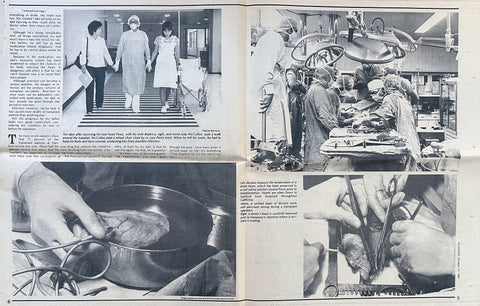
Career pivot
In a couple of his talks and lectures, Ric Perez shares the story of his father’s transplant and shows slides of his younger brother’s story and pictures.
“Ironically at the time when he was transplanted I was not thinking about transplant surgery myself, ‘’ Ric Perez said. “I was still thinking about general surgery, heart surgery, pediatric surgery, still with the intent to go back to Guam, but my dad being transplanted opened my eyes a little bit to transplant and what a difference it will make.”
It didn’t take long for him to once again tweak his career plans. “I decided I wanted to work at an academic center to do transplants and do research as well,” he said. “I knew it would not be possible for me to go back to Guam at that point.”
‘My core’
Three decades in, Perez says the program is still focused on doing everything possible to offer the gift of transplant to as many patients as it can. It’s the reason he continues to work and enjoys what he’s doing.
His relationship with living donors and transplant recipients is an honor and privilege that he doesn’t take for granted.
“Yes, it’s a gift you know and it’s very appropriate,” he said. “The whole CHamoru values that focus on family, on service to your fellow man and service to God, that’s part of my core. I have appreciated it even more as I grow older and become a little more reflective.”
He misses Guam and is curious about how his GW classmates are doing. He has been so busy that he has only been to Guam once in the last 35 years, for three days, for his brother-in-law’s funeral.

“I do want to have a more balanced lifestyle, to finally at some point, toward the end of my career find a little more balance so it’s not all-consuming,” he said. “I am trying to transition away from the leadership stuff and have other people take over administrative stuff and just focus on a more healthy lifestyle and just doing research and surgery.”
And maybe time to plan a trip back home? “Someday we’ll make it happen.”
Manaotao Sanlagu is Manny Crisostomo’s ongoing visual documentary of CHamorus from the Marianas living overseas that is featured weekly in the PDN. If you or someone you know would like to be part of this documentary or wish to support this project, contact Crisostomo at sanlagu.com. The project is sponsored in part by Brand Marinade, a CHamoru-owned creative agency in the San Francisco Bay Area.




